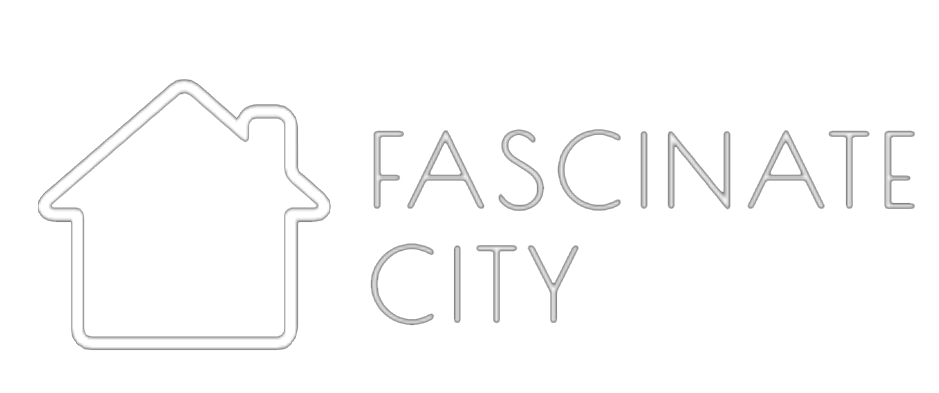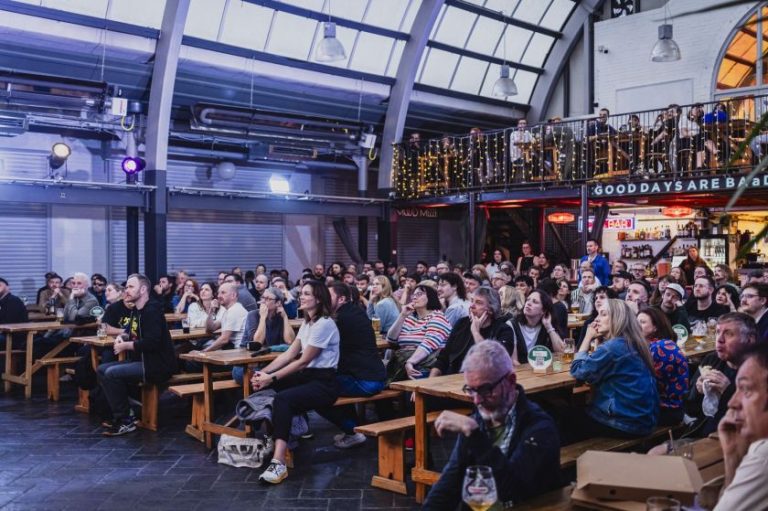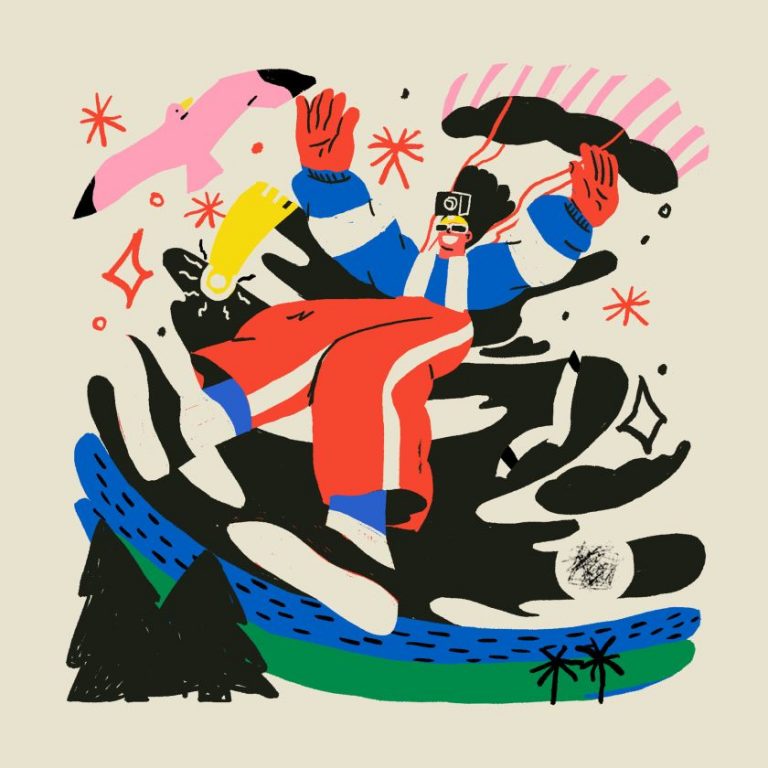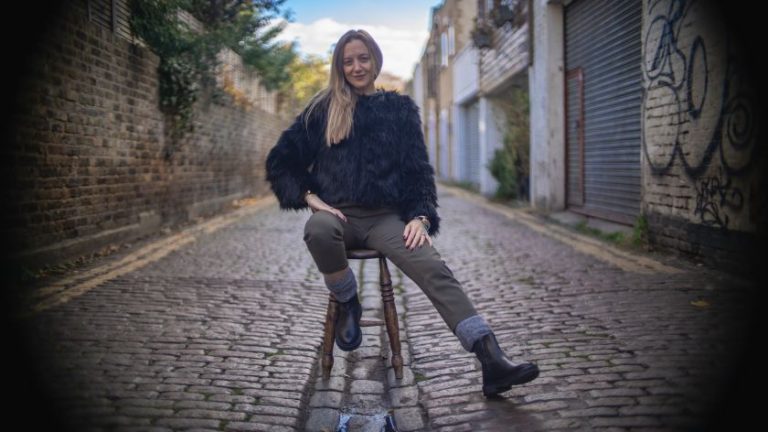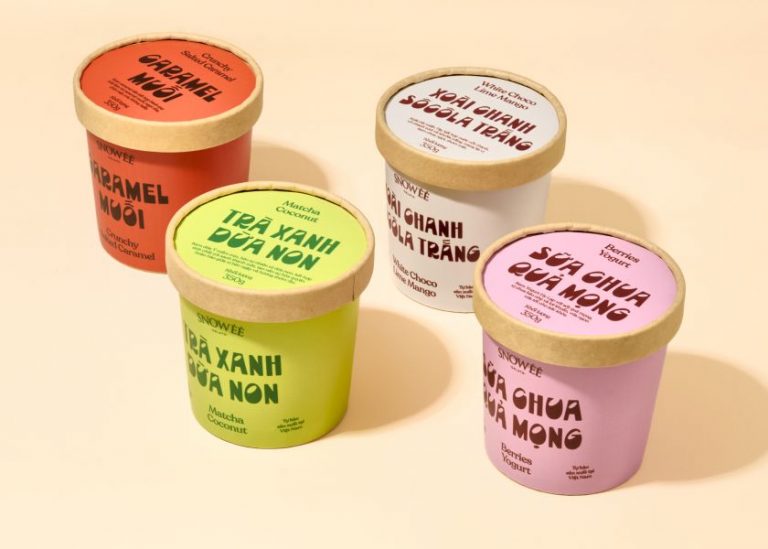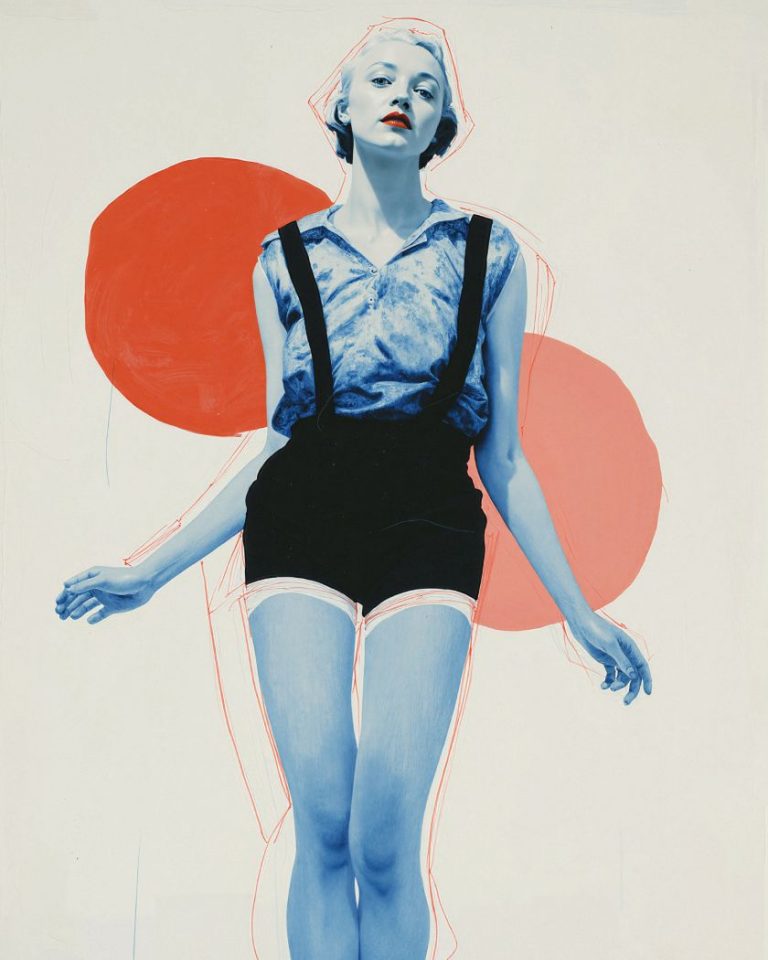Image licensed via Adobe Stock
We’ve spent the past decade trying to ‘build a personal brand’—but in 2025, do any of us really know what that means anymore? If you’re tired, confused, and wondering whether sporadic posting and a love of tea counts as a strategy, you’re not alone.
Apparently, I have a personal brand. I imagine it’s something like “looks tired, drinks tea like it’s a full-time job, and forgets to post on Instagram for six months at a time”.
Recognising this makes me feel, at turns, embarrassed, guilty or defiant, depending on my mood.
But also, it makes me wonder: when exactly did we all decide that existing professionally meant transforming ourselves into some sort of walking, talking marketing campaign?
Don’t get me wrong. The problem with personal branding isn’t that it exists. It’s that nobody knows what it actually means anymore.
Is it your social media aesthetic? Your tone of voice? The filter you use on your selfies? The opinions you blast into the void? Or something entirely different?
How we got here
Perhaps my confusion is partly down to my age. After all, I remember the early 2000s, a time when having a personal brand meant having a (very basic) website with your portfolio and perhaps a carefully chosen colour scheme. Happy times.
Then came the blogs. Then came Instagram. Then LinkedIn. Then Twitter. Then Instagram. Then Stories. Then TikTok. Then Threads. Then… whatever new platform has launched between me writing this and you reading it.
At some point on this epic journey, we were told to “niche down”, “build an audience”, and “post daily content”. Suddenly, we weren’t just professionals doing work; we were Content Creators™. Our work became secondary to how we packaged ourselves.
But now we’re exhausted by the constant self-marketing. It’s not enough to do the work; we have to be seen doing it, seen talking about doing it, and then package those reflections into bite-sized, algorithm-friendly chunks.
Quite frankly, it’s knackering.
2025: The chaos era of branding
Worse still, the current landscape is, to put it mildly, a mess. Creatives are bouncing between platforms like pinballs—from Instagram to Threads to Substack to nowhere at all—trying to remain ‘relevant’ while also, you know, doing the actual work that pays the bills.
Many of us are trying to be ‘on brand’ across five or more platforms, each with its own peculiar culture and unwritten rules. Instagram wants your perfectly styled flat-lays. LinkedIn demands your ‘thought leadership’. TikTok needs you to dance like a teenager while explaining the fundamentals of typography.
One minute, you’re told to be ‘authentic’; the next, you’re seeing your likes and follower numbers drop off a cliff. The algorithms that once rewarded consistency now seem to reward… who knows what this week? Engagement? Controversy? Being a billionaire with questionable opinions?
And let’s not forget the existential dread that comes with seeing AI-generated, CGI “personalities” building followings faster than actual humans ever could. (Q: Does an AI influencer have a personal brand, or is it just wearing the skin of one?)
The quiet revolt
But here’s the interesting bit. Beneath the chaos, there’s a quiet revolution happening.
More creatives are leaning into imperfection, mess, and realness. They’re sharing ‘process over polish’ and talking about failure as much as success.
In my mind, they’re also listening to Lola Young’s Messy and wearing a Brat Summer T-shirt. Or at least they will be in nostalgic movies about 2025, made two decades from now.
More specifically, newsletters are thriving because they bypass the algorithm entirely. Niche communities are flourishing because people crave connection, not just exposure. In-person events and workshops are back because it turns out humans like being around other humans. Here at Creative Boom, we’ve launched The Studio, our own networking alternative to social media, and it’s going down a storm.
In a world where everyone’s trying to be a thought leader, sometimes the most radical move is to just… not. Some of the most interesting creative work I’m seeing comes from people who post sporadically but thoughtfully and who aren’t afraid to disappear for weeks to actually make something worth sharing.
Let them find you
So, do you even need a personal brand? My take on this is simple. Yes, you do… but people have forgotten what that actually means.
In truth, your personal brand isn’t your logo, colour palette, or Instagram grid. It’s the body of work you create, how you solve problems, how you communicate, and the clients and collaborators you choose to work with.
The best personal brands feel accidental because they’re just people being themselves consistently over time. They’re not performance art pieces created to please algorithms; they’re natural extensions of how someone shows up in the world.
In short, your brand is less about having a logo and more about just being you, online, regularly enough that people know you’re alive. That’s it. That’s the strategy. Simple, right?
Vibe, values, voice
If I had to offer a reframed version of personal branding that doesn’t induce immediate eye-rolling, it would be this. Your personal brand is a mix of your vibe, your values, and your voice.
It’s the way you answer emails, the projects you say yes to, the stuff you say online, the work you put into the world, the conversations you start, and the people you champion.
So, building a personal brand needn’t be your own personal hell. It just requires showing up, sharing what matters, and letting the work speak for itself.
Don’t worry, be happy.
Here’s a final thought. If you’re not posting but still making great work and being kind to your clients, then guess what? You’re doing fine.
If your personal brand is “occasionally remembers to update portfolio,” welcome to the club. It’s a big one.
Of course, that isn’t an excuse for shoddy work or poor communication. But it is permission to stop treating yourself like a product that needs constant marketing and to start treating yourself like a human being who makes interesting things.
You don’t need a brand. You need a break. And maybe a biscuit. Definitely a cup of tea, anyway.
